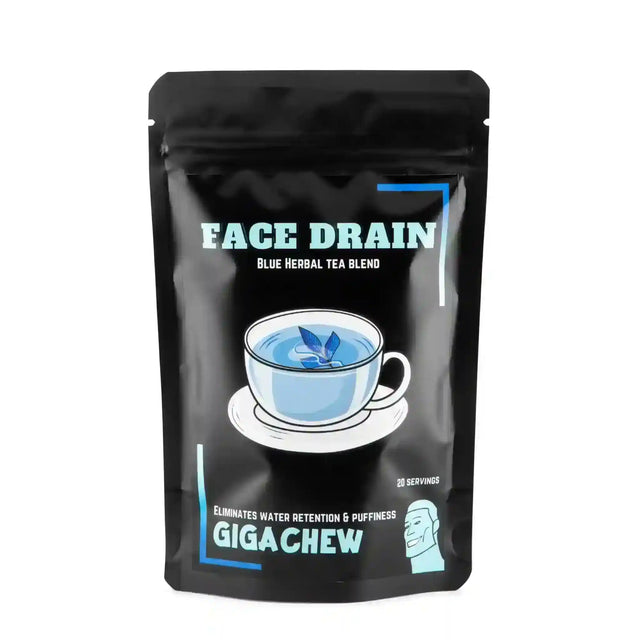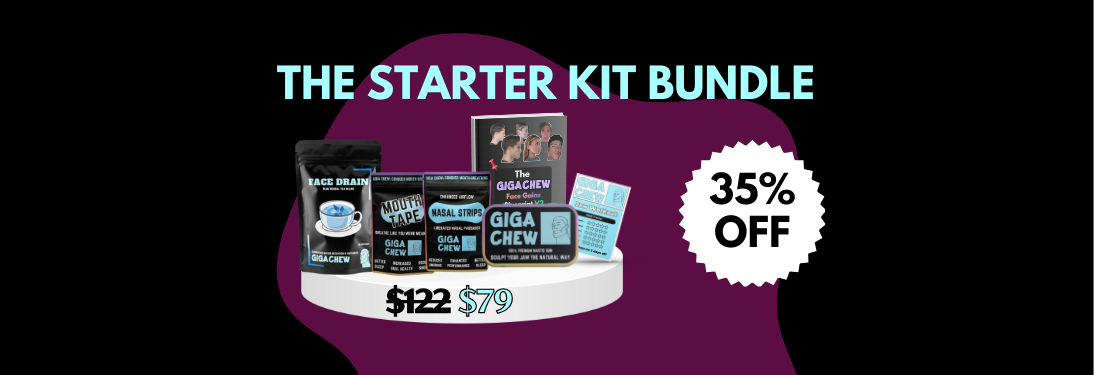Replacing unhealthy routines with constructive alternatives can transform daily life. Chewing provides a practical way to redirect stress, cravings, and restlessness into a healthier outlet. Giga Chew empowers individuals to replace destructive habits with purposeful chewing, supporting focus and wellbeing. By shifting energy into this simple yet powerful action, people can create sustainable change, reduce reliance on harmful behaviours, and build healthier rituals that improve both mind and body.
Table of Contents
- Key Takeaways
- The Psychology Behind Habits
- Why Chewing Works?
- How Chewing Helps Break Specific Bad Habits?
- Best Practices for Chewing Replacement
- Conclusion
- FAQs:
Key Takeaways
- Chewing can replace harmful daily habits
- Stress levels often drop when chewing
- Oral fixation is satisfied in a healthy way
- Products from Giga Chew support lasting change
Everyone has bad habits, nail biting, smoking, mindless snacking, pen clicking, hair twirling, or even excessive phone scrolling. These repetitive actions often provide momentary comfort, distraction, or relief from stress, boredom, or anxiety. But over time, they can become ingrained behaviours that negatively affect our physical health, self-esteem, productivity, and overall quality of life. What if there were a surprisingly simple, low-cost, and effective method to begin breaking those habits? Enter the concept of replacing bad habits with chewing.
The Psychology Behind Habits
To understand why chewing can be a helpful replacement, it’s useful to explore how habits form. According to behaviour experts, habits are formed through a loop of cue, routine, and reward. A trigger (stress, boredom, anxiety) prompts a routine (biting nails, lighting a cigarette), which then leads to a reward (a feeling of relief or comfort). Over time, this loop becomes automatic.
To break a habit, you can’t just remove the cue or eliminate the craving. You need to replace the routine with something else that still provides a reward, ideally one that is less harmful or even beneficial. That’s where chewing comes in.
Why Chewing Works?
Chewing is a physical activity that involves both movement and sensory stimulation. It keeps the mouth busy, provides a tactile sensation, and often results in a calming or satisfying effect. Chewing gum, for instance, has long been used by people trying to quit smoking or reduce their snacking. Facial muscle growth is another recognised benefit, as consistent chewing activity can engage and tone jaw muscles. But chewing isn’t limited to gum. It can include crunchy vegetables, chewy snacks, or even specialised chewable tools such as chew mouth tape, nugget, or mastic gum, all designed to support stress relief, habit replacement, and overall wellbeing.
Here are a few reasons chewing is effective in habit replacement:
- Oral Fixation Satisfaction: Many habits like smoking, nail biting, or even pen chewing stem from a need for oral stimulation. Chewing can fulfil this need without causing harm.
- Stress Relief: Studies show that chewing can reduce cortisol levels, the stress hormone, leading to a calming effect. This makes it especially helpful when habits are triggered by anxiety or tension.
- Increased Focus: Chewing gum has been shown to improve alertness and concentration. For those who engage in distracting habits while working or studying, chewing can be a way to redirect that energy without losing productivity.
- Distraction Tool: When you chew, especially mindfully, it acts as a distraction from the urge to engage in your bad habit. It gives your brain something else to focus on in the moment of temptation.
How Chewing Helps Break Specific Bad Habits?
Chewing can be a powerful tool for breaking bad habits. Here’s how it helps redirect common behaviours like smoking, nail biting, and mindless snacking effectively:
- Smoking: Many people trying to quit smoking use nicotine gum, but even sugar-free gum or crunchy vegetables like carrots and celery can help. The hand-to-mouth motion and oral fixation are partially satisfied, helping to reduce the craving.
- Nail Biting: Chewing gum or using chewable jewellery (like silicone necklaces or bracelets designed for oral stimulation) can help keep your mouth occupied and lessen the need to chew on your nails.
- Mindless Snacking: Instead of reaching for chips or cookies, chew on something healthier or chew gum between meals. This helps curb the habit of eating out of boredom rather than hunger.
- Pen Chewing: This is a habitual response to stress or concentration. Replacing pens with chewable alternatives or simply chewing gum can help break the automatic response.
- Teeth Grinding or Jaw Clenching: While this is more of an unconscious habit, particularly during sleep, chewing during the day can sometimes reduce built-up jaw tension and create more awareness of clenching tendencies.
Best Practices for Chewing Replacement
To successfully replace bad habits with chewing, it’s important to follow a few key guidelines. These best practices ensure the habit shift is healthy, mindful, and sustainable long-term.
- Choose Healthy Options: Go for sugar-free gum, raw vegetables, or chewable tools. Avoid sugary or processed snacks that could create new health issues.
- Be Mindful: Don’t just chew for the sake of it. Be conscious of your triggers and use chewing as a targeted response when you feel the urge to engage in the bad habit.
- Pair with Other Strategies: Chewing works best when combined with habit tracking, mindfulness techniques, or cognitive behavioural strategies. It can be a powerful tool in a broader plan to replace bad habits.
- Keep It Accessible: Carry chewing gum or healthy diet with you so that you can reach for them when needed. The easier it is to access your replacement behaviour, the more likely you are to use it.
- Don’t Rely Solely on Chewing: While helpful, chewing should be seen as a temporary replacement, not a permanent crutch. The ultimate goal is to increase self-awareness and develop healthier coping mechanisms.
Conclusion
Replacing bad habits requires small, consistent shifts. Chewing offers a simple, effective substitute for smoking, stress-biting, and unhealthy snacking. Options like mastic-gum provide a natural and satisfying way to redirect cravings while supporting oral health. With the right tools, change is not only possible but sustainable. Ready to break habits the healthier way? Contact us today and discover solutions tailored to your needs.
FAQs:
Can chewing really reduce stress?
Yes. Studies show chewing reduces cortisol, the hormone linked to stress, making it a practical way to calm the body.
Does chewing help with quitting smoking?
Chewing satisfies oral fixation, which helps many people manage nicotine withdrawal and avoid relapses.
Is chewing safe for dental health?
Yes. In fact, chewing stimulates the production of saliva, which helps protect against cavities and maintain mouth health.
Can chewing help control weight?
Chewing helps reduce cravings and delays impulsive snacking, which can support weight management goals.
What are the best alternatives to replace bad habits?
Durable chewing products from Giga Chew are specifically designed to withstand repetitive use and provide long-term support.
How quickly can chewing replace a habit?
Every person is different, but consistent replacement often builds noticeable change within weeks.







